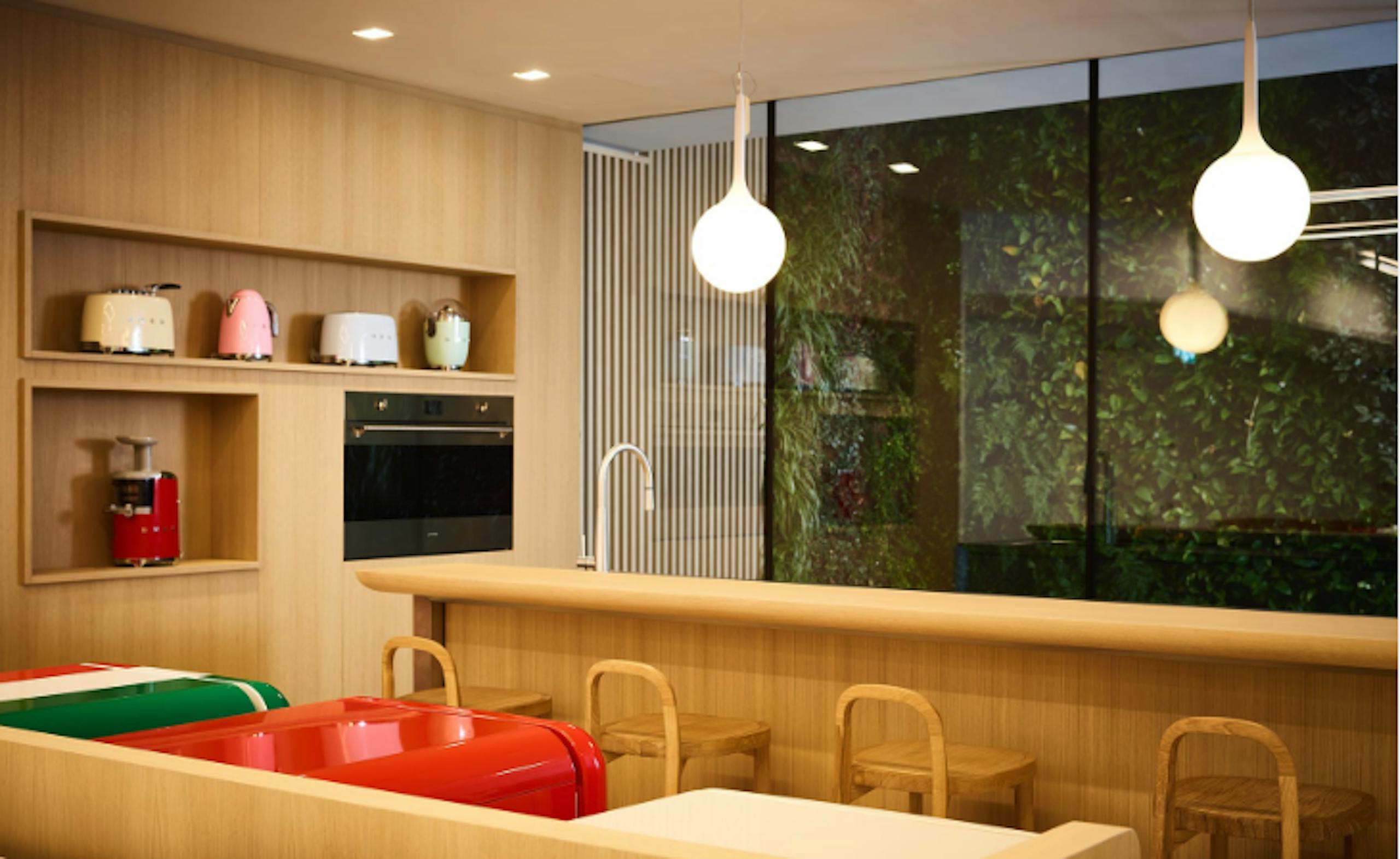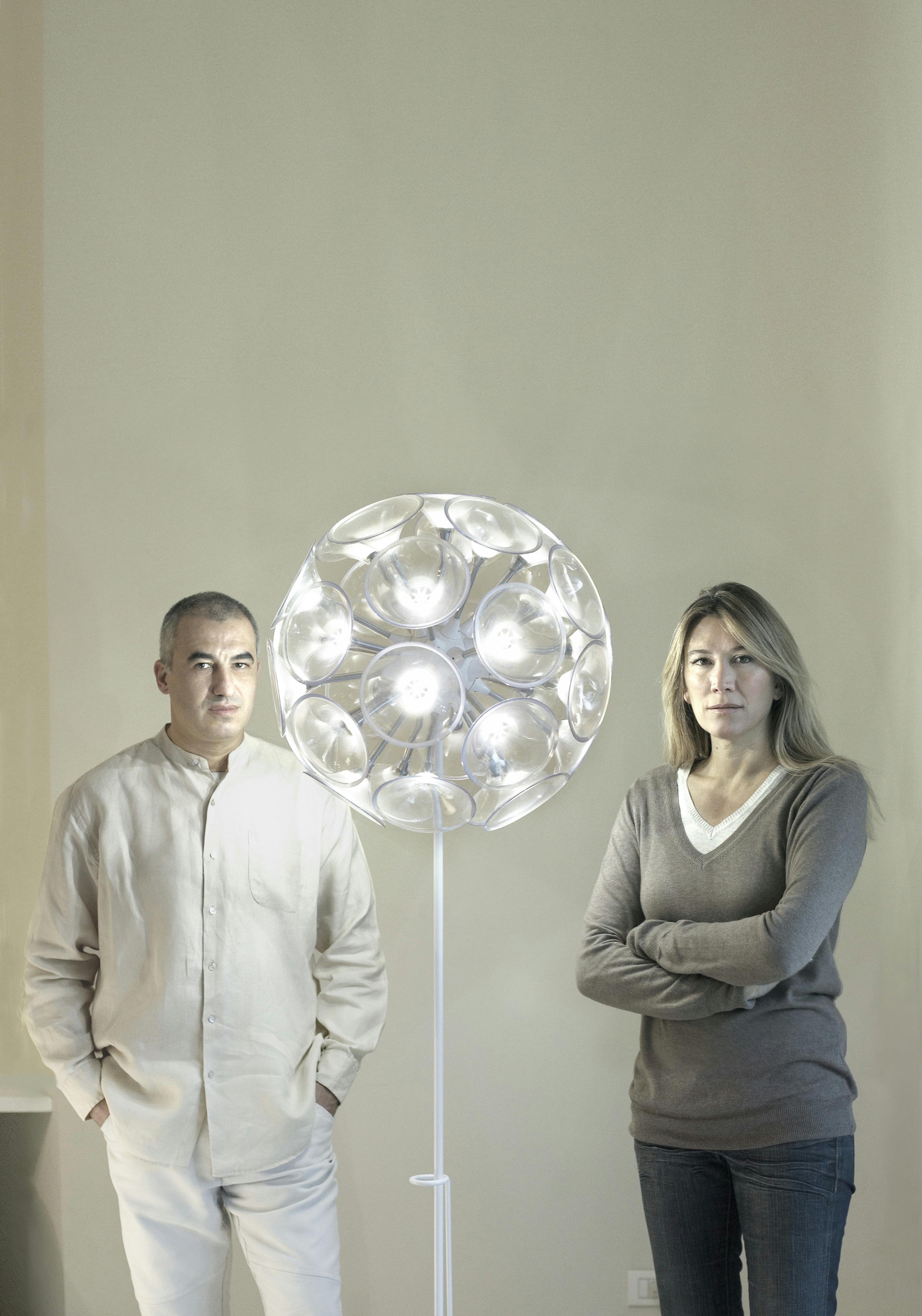
Hidden Technology
October 28 2022, 4.30pm

Major themes of contemporary design to be discussed in a series of encounters with experts from the world of design, business and cultural industry.
Popularity, technology and durability: this simple list of three words serves to explore concepts that easily and intelligently elucidate three fundamental dimensions of design. Popularity, in the sense of being popular, is essential to reach people and convince them of the quality of an object, which must interpret the taste and spirit of the time and grow out of the desire to build a project that will be well-received by the general public without sacrificing its identity and formal qualities. Secondly, the technology built into an object is also critical for it to best express its function. Finally, durability—or lastingness—is that dimension of manufactured solidity that allows an object to last over time. While this durability is obviously linked to technological materials, it also embraces the concept of classicism and opposes that of seasonality, of something that dies out and no longer expresses the esthetic and formal quality or requirements of its function. On the contrary, durability suggests the notion of an object that can accompany the entire life of the buyer. This durability also extends to the concept of sustainability, insofar as an object that is not easily worn out or consumed does not need to be disposed of; it is an object that can be held, saved and handed down.

Raffaella Mangiarotti and Matteo Bazzicalupo, founders of deepdesign®, ph. Melina Mulas.
Underlying the three conversations organized by Triennale Milano with Smeg is a desire to explore three dimensions of the success and quality of one of the manufacturer’s specific projects—that is, the small household appliances developed in collaboration with Raffaella Mangiarotti and Matteo Bazzicalupo, designers and owners of the deepdesign® studio. This project has the ability to interpret new behaviors in the home, in particular in the kitchen, where the typology of appliances helping people perform domestic chores needed to be dressed up, needed a design that would make these individual objects—and thus the entire collection—culturally accessible. In effect, they needed a spirit to make them something more than a simple series of appliances whose functions and technologies resolve a problem and express a function so that they become instead objects that keep people company and offer a special feeling and visual and technical quality in the spatial plane of the kitchen and the home.

Nina Freeman, American game designer, guest speaker at the talk on hidden technology
The encounters have been conceived with the involvement of professionals who apply these concepts in their work every day. With applications to everything from theater, set design and cultural communication to industrial design, quality craftsmanship and the digital culture of game design, bringing together Smeg and deepdesign® with these professionals in the context of the Triennale aims to advance a multidisciplinary conversation and focus attention on these three themes of industrial design, far removed from any notion of seasonality or speculation.